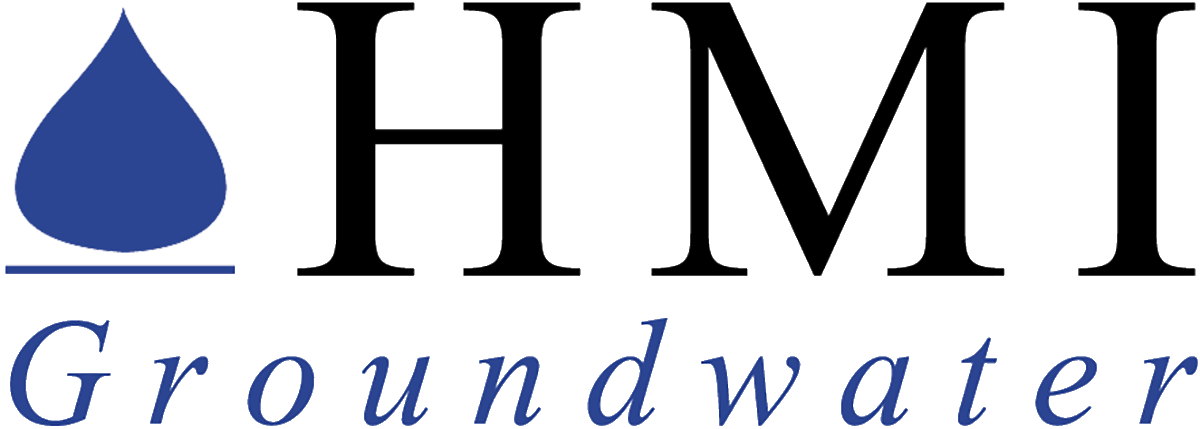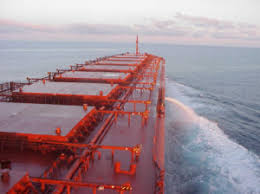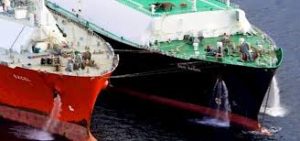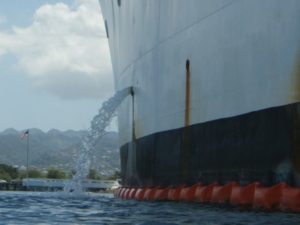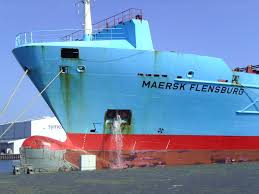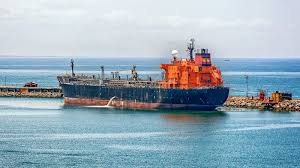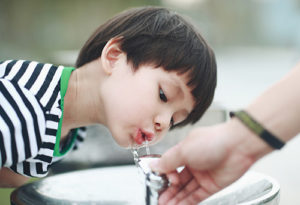The industries that produce metals, wood and paper products, chemicals, gasoline and oils, and those invaluable grabber utensils you use to get your ring (which also needed water to manufacture) out of the garbage disposal are major users of water.
Probably every manufactured product uses water during some part of the production process. Industrial water use includes water used for such purposes as fabricating, processing, washing, diluting, cooling, or transporting a product; incorporating water into a product; or for sanitation needs within the manufacturing facility. Some industries that use large amounts of water produce such commodities as food, paper, chemicals, refined petroleum, or primary metals.
Industrial Water Use in the United States
Every five years, water withdrawal and use data at the county level are compiled into a national water-use data system, and state-level data are published in a national circular.
